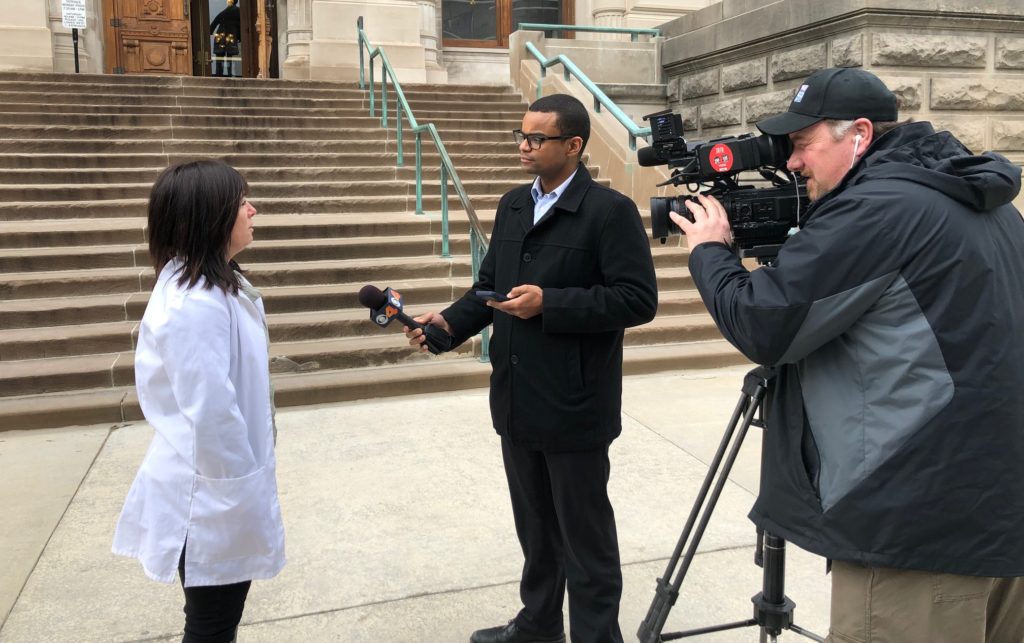I’m back to talk about one of my favorite subjects – The importance of strategic communication planning. I was reminded this week of just how abbreviated our media cycle has become. While we all live and breathe this fact when it comes to national political news these days, it’s true across the board.
Local healthcare legislation that a client supports was called to a vote this week and my team and I sprang into action to court key media contacts to ensure both sides of an important story were addressed. In a matter of minutes, stories were pitched, contacts were made, and television interviews were arranged. In a matter of hours, data sheets had been submitted, spokespeople were prepared, comments given, and the first stories aired. While the timeline might not surprise most of you, the speed with which a great deal of sound strategic planning occurred is pretty remarkable. All credit to my team and their keen understanding of the importance of a reliable, repeatable process.

For those of you who know me, you know that I’m a huge fan of said reliable, repeatable processes. Research-driven strategic planning works every time. A good media pitch is no exception. In the context of real-time journalism, reporters are on the business end of a barrage of pitches and inquiries every day, many of which fall flat. Fraught with hyper-promotional messages and/or low-impact angles, most of these pitches end up in the proverbial circular file. When time is of the essence, communications professionals should remember a rudimentary, though undeniably important, tenet of media foreplay: Why should I care?
Lovingly abbreviated as YSIC, this is the only question on the mind of a good journalist as she shorts through her email in the morning. If you’re lucky enough to get her on the phone, you’d better get to the answer to this key question straight away or be prepared to hear a dial tone.
All is not lost, friends. The next time you’re preparing a pitch, consider these tips and you’ll be well on your way to media bliss.
1. All news is local – Connect your story to the community (be that geographically or industry focused) and your odds improve dramatically
2. Get to the point – If you’re emailing a pitch, everything the reporter needs to know to assess value should appear in the first paragraph. If you’re pitching by phone, even sooner.
3. Use bullets – Whether you’re writing or talking, brevity is your friend. Make it skimmable.
4. Support your claim with data – Enough said.
5. Restate your ask – We’re all been coached to tell them what you’re going to tell them, tell them and then tell them again.
The press plays an integral role in the work we do as communication professionals, not to mention the heavyweight role they play in holding our political and business leaders accountable, keeping the markets informed and even spreading a little joy with the latest talking dog videos (maybe that’s just me). Point being, show them the respect they deserve when you ask them to include you in the conversation. You’ll be glad you did.
-LG
